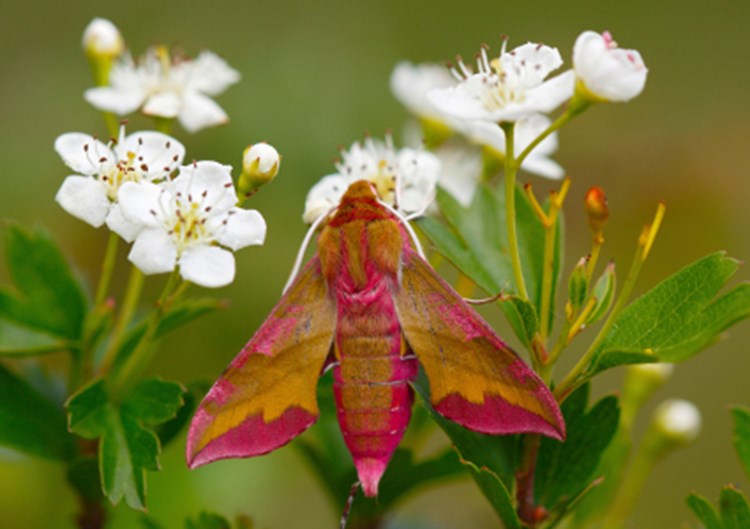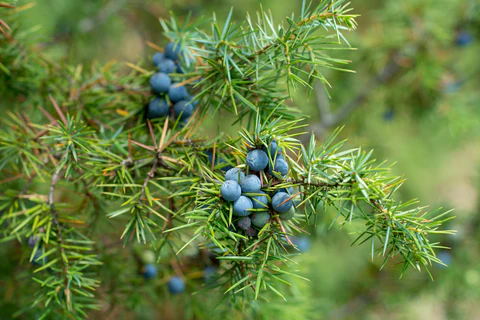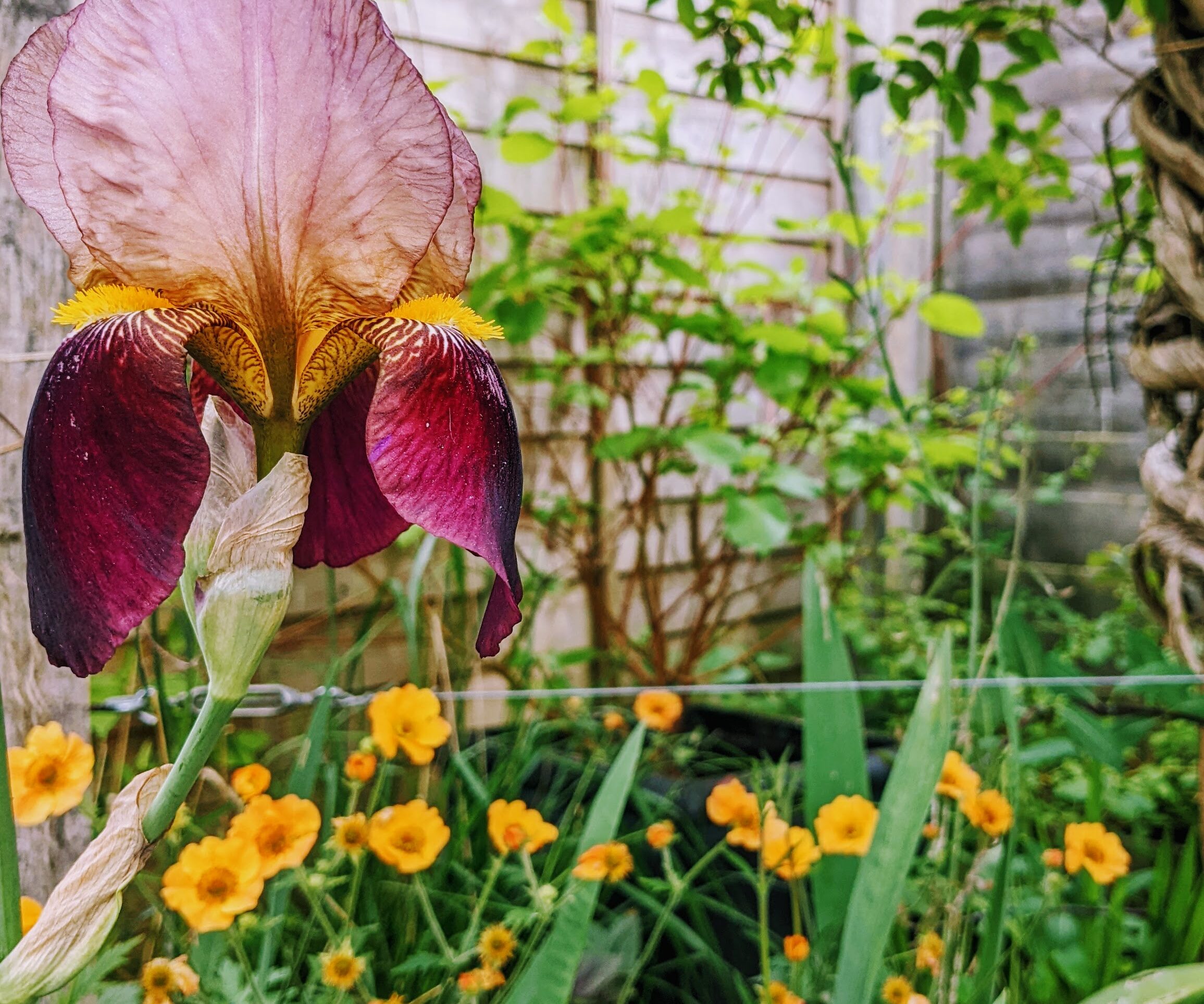Last year I wrote an article on bees and attracting them into your garden. This is a great thing to do and if you get it right it will give you colour and creatures in your garden all year round. However, I am always learning new things, and recently went to Bury Court in Farnham to hear the amazing plants woman Marina Christopher speak about pollinating insects and the studies that have been carried out by the likes of the RHS. What they have discovered I found fascinating and will attempt to give you a small synopsis here. Bees are by no means the only pollinators in wild life: We have butterflies, and moths, dragon flies, pollen beetles, hoverflies and included in that are small mammals, field mice, bats, birds; anything with a hairy leg or coat that pollen or seeds will cling to are in effect going to spread pollen or seed around.
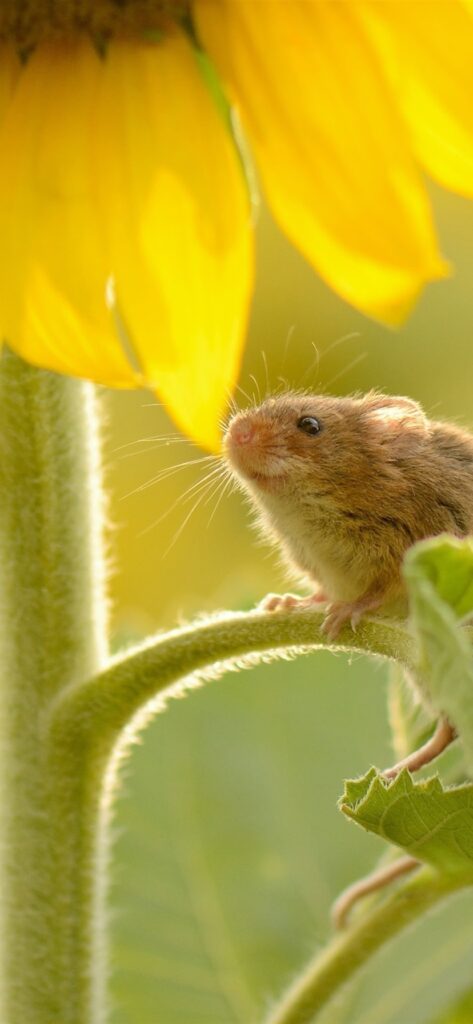
All these bugs are essentially looking for nectar to drink and give energy, and in seeking out the nectar they climb inside the flower get covered in pollen and go off to the next plant and pollinate it. Nature in its wonder will send out a secret code to the insects by changing their smell and even their colour once they have been pollinated so that the critters don’t waste their time searching for something that has gone. Mind blowing! So far so good: But what I found particularly interesting is that the trials have discovered that, different creatures like different plants. Bees in general like plants in the blue spectrum, purples, pinks, whites, lilac colours; but not all types of bee like the same plants, which is fascinating, they are all after the nectar but have different tastes when it comes to how sweet they want their meal to be. Plants Bees love include: Salvias, Lavenders, Thyme, Mint, Ivy, Sedum amongst many others. Other insects, such as flies and moths are drawn to yellow flowers and don’t especially like sweet smelling flowers.
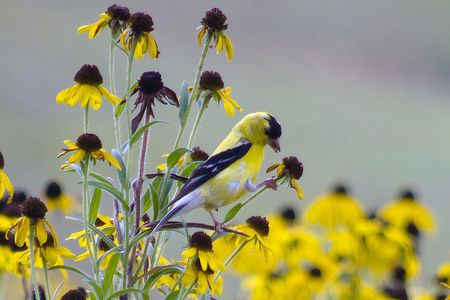
They would rather have something smelling not so sweet and in preference something that flowers in the evening. Interesting fact: There are 1600 species of micro moth in the UK. Plants for moths include those in the cow parsley family; like Anthriscus; Hemp or Eupatorium, Thistles, Scabious, and plants in the daisy family such as: Rudbeckia, Echinacea, also Fuschias, Willowherb and Evening Primrose. For more birds think seeds and berries. Teasles, Pyracantha, Holly, Ivy, Cirsium (like the Scottish thistle) Cotoneaster, but also fruit trees. In the world of Garden design, the mantra has been for years less is more. This means don’t fill your garden with hundreds of different plants and colours; and whilst a limit palate of plants can look classy and sophisticated, it will only attract a few select insects into your garden. If you are into your wildlife and are keen to get as many creatures into your garden then variety is the spice of life and quite frankly More is More.

